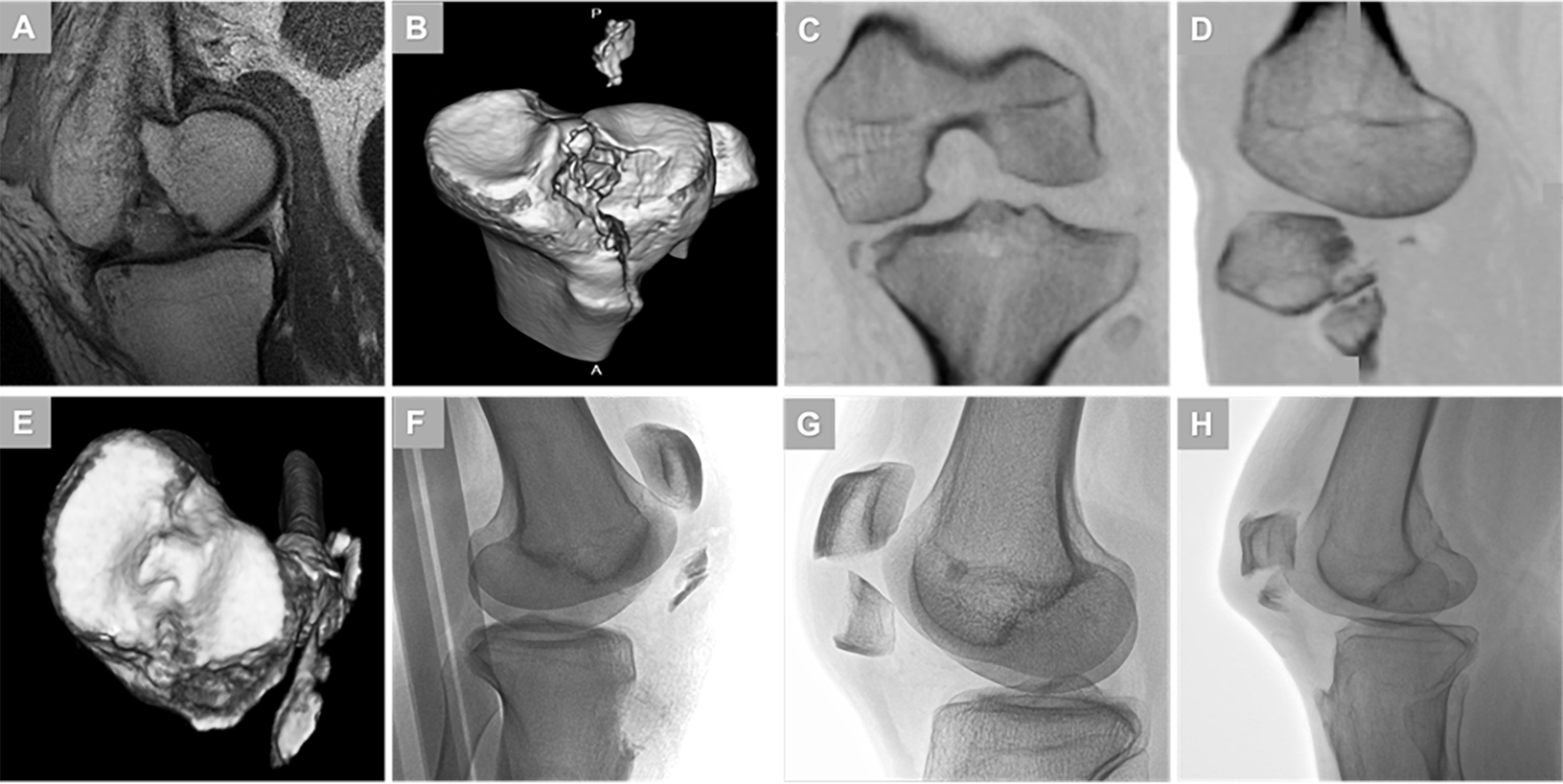A new JBJS study establishes a consensus definition for fracture patterns within the Schenck Knee Dislocation V subcategory. Editor-in-Chief Dr. Marc Swiontkowski offers this perspective on the study, in which a modified Delphi method was used.
As a community, we endeavor to continuously improve the evidence upon which we make orthopaedic treatment decisions. This is especially important for injuries with the potential to result in major functional limitations for the patient, such as knee fracture-dislocations. These high-energy and relatively rare injuries may even result in loss of the limb related to vascular injury.
When there is a low incidence of a condition and thus limited cohort studies to help inform surgical decision-making, the use of consensus processes are important to setting standards for future research and outcomes reporting. In the current issue of JBJS, Medvecky et al. present the results of their use of the time-tested Delphi technique with modification to develop consensus on which fracture patterns associated with knee dislocation should be included in the Schenck Knee Dislocation V subcategory. The study can be accessed at JBJS.org:
A working group of 8 surgeons created a series of clinical scenarios of various fracture patterns in association with a bicruciate knee ligament injury. A total of 46 surgeons from 18 countries and 6 continents who have expertise in multiligamentous knee injuries participated in 3 rounds of surveys to establish consensus. Of the 27 fracture patterns that were included in the clinical vignettes, 11 reached consensus for inclusion, 14 reached consensus for exclusion, and 2 did not reach consensus for inclusion or exclusion. Read the full study.
Injury classification is a major step forward for clinical research as it allows the use of agreed upon designations. Often, fracture classifications are mainly valuable for reporting the results of surgical and nonsurgical treatment. In some instances, the classification system can offer direct support in treatment decision-making. Time will tell whether or not that is the case for this addition to the classification for knee fracture-dislocations. Nevertheless, this work represents a step forward for future reporting and clinical communication on these complex injuries.
JBJS Editor-in-Chief




